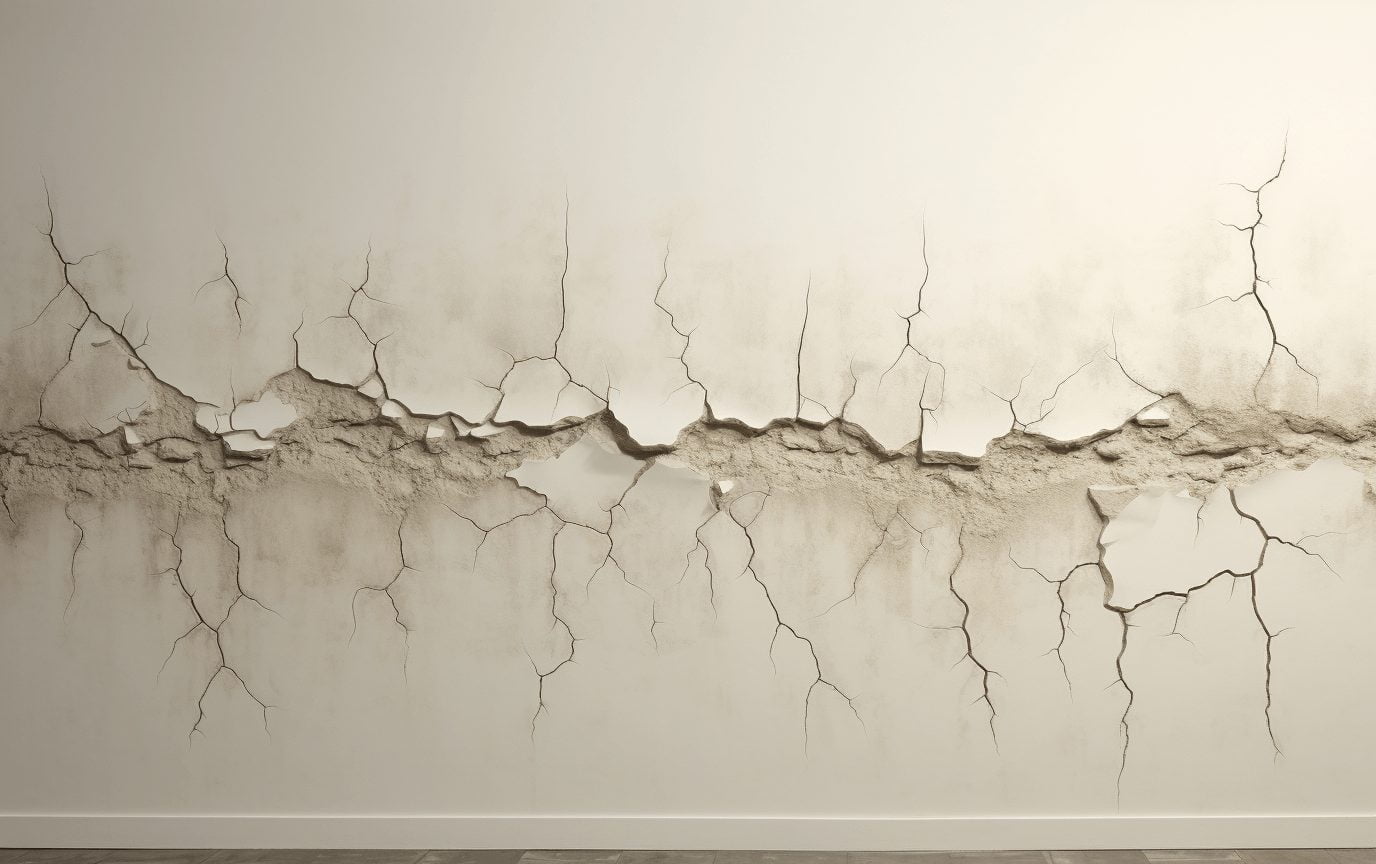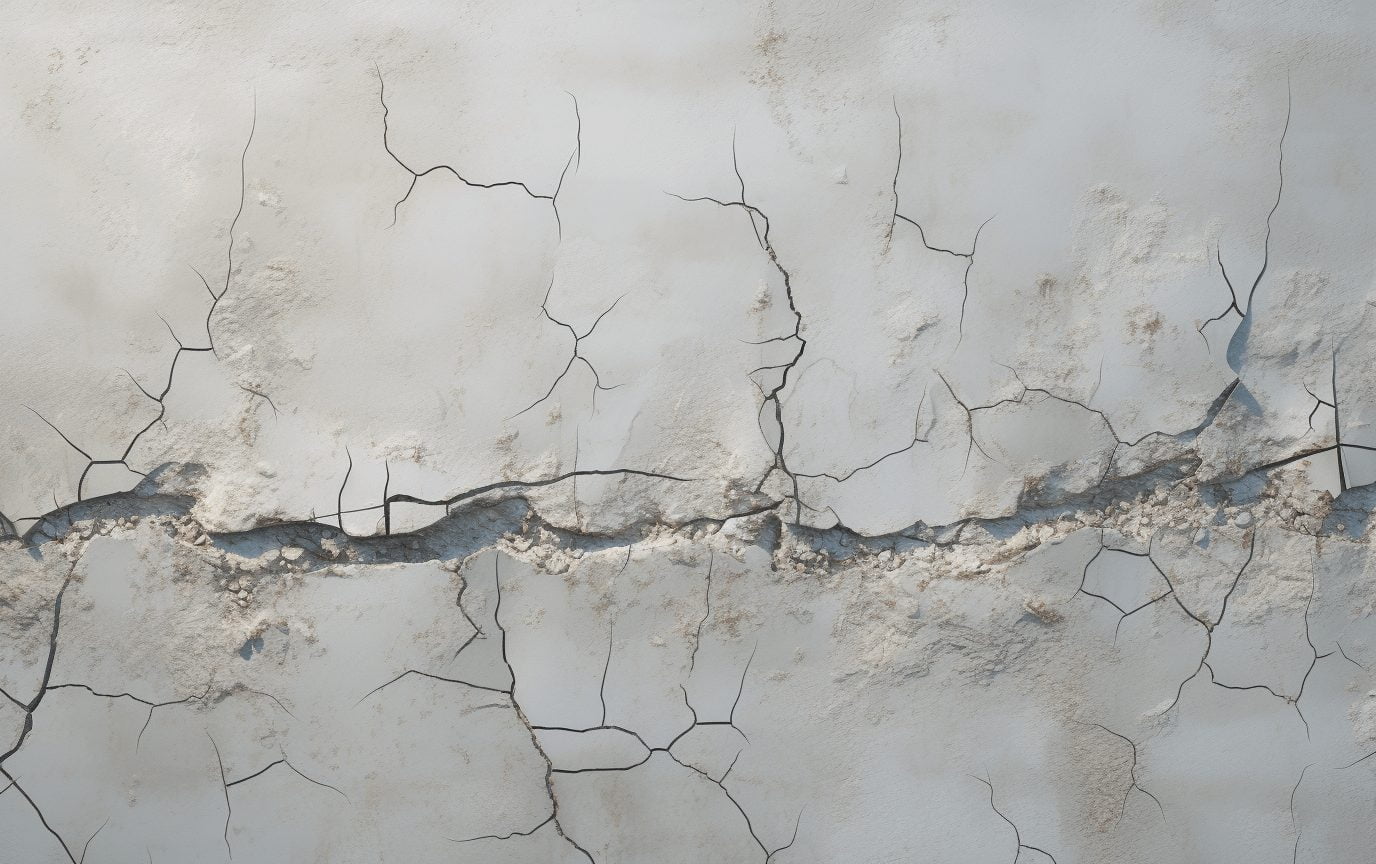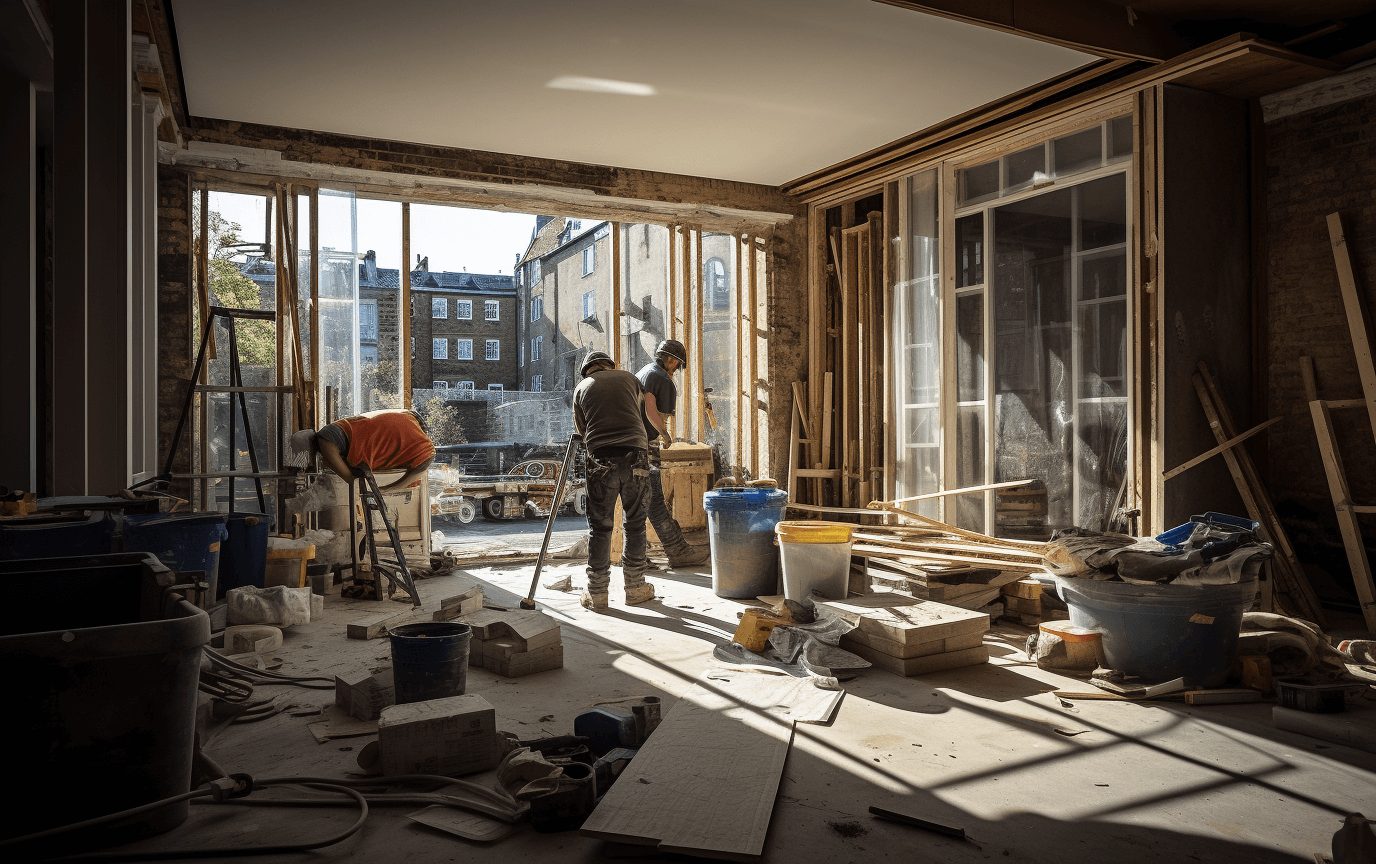Table of Contents
Settlement cracks after a loft conversion are often a worrying sight for homeowners. They’re usually not a major problem though – and certainly not a reason to panic. The reality is that settlement cracks usually appear after major construction work like a loft conversion, and they’re sometimes unavoidable.
Understanding the planning phase of your loft conversion can provide insights into these occurrences.

Settlement cracks follow a pattern related to the structure of the material they appear in. They may be straight horizontal or vertical in a brick house, for example. But they could also run diagonally and in a seemingly random pattern. In every case, a settlement crack can be traced to the underlying structure beneath it.

Settlement cracks are caused by the building settling down after it’s been built. a natural process that can be influenced by the added value of converting your attic. This can also happen in homes that have existed for years, when major changes are made to their structure – such as a loft conversion. The house will initially settle until everything is tightly grouped. But if you add extra weight, this can cause additional resettling, which may take some time to finalize.
Settlement cracks take a while to form. In many cases, they won’t show up during the first few months after you’ve done your loft conversion. You may have to wait more than a year to see the first settlement cracks in your home. Once they appear, it can take an additional few months for the building to stop settling and for the cracks to stop propagating further.

Usually, you don’t need to take any extra action when settlement cracks appear, other than some cosmetic touch-ups to make them less visible. Most loft conversion companies will happily take responsibility for fixing that issue after they’ve done your loft conversion for you. That won’t always be the case though, so be prepared for the possibility that you might have to handle your settlement cracks on your own.
Depending on the material involved and the thickness of the cracks, you may be able to use a filler to “glue” the split parts back together. After that, it’s a matter of replastering and repainting the wall to conceal any minor signs of settlement cracks. If a construction specialist sees the cracks as a more serious problem, however, you might need to perform additional structural work on your home to address the underlying issue.
Loft